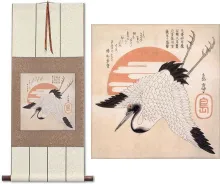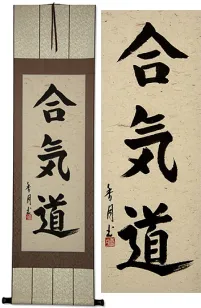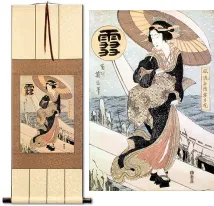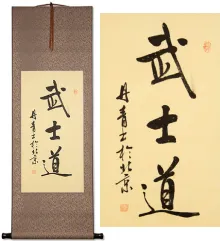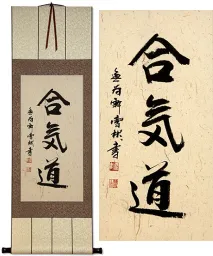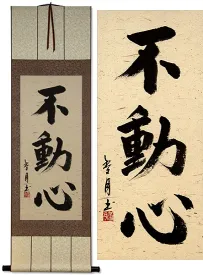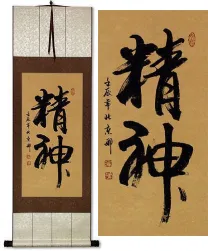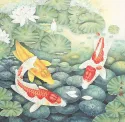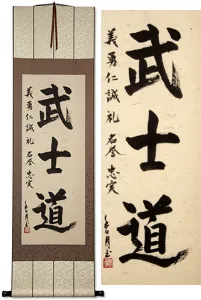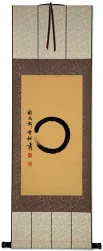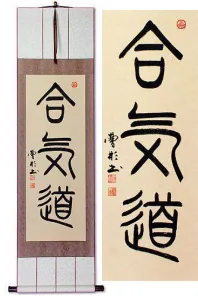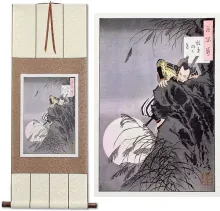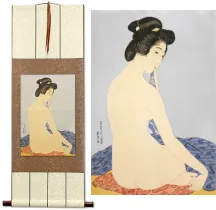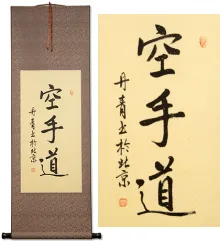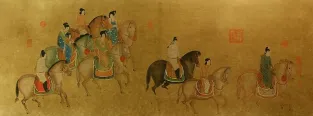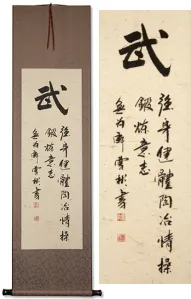- Calligraphy
- Warriors & Beauties
- Buddhist
- Bamboo
- Birds & Flowers
- Koi Fish
- Cats & Cute Animals
- Tigers & Dragons
- Horses
- Colorful Cranes
- Landscapes
- Philosophy Art
- Modern Art
- Japanese Artwork
- Bargain Bin
Click on an artwork category below to explore our...
Asian Art Gallery
A Random Sample of our Chinese Artwork, Asian Calligraphy, and Handmade Wall Scrolls...
Search our in-stock artwork inventory:Our Most Popular Items...
Gallery Price: $96.00
Your Price: $52.88
Gallery Price: $202.00
Your Price: $111.88
Gallery Price: $108.00
Your Price: $59.88
Gallery Price: $87.00
Your Price: $47.88
Gallery Price: $200.00
Your Price: $118.88
Gallery Price: $200.00
Your Price: $122.88
Gallery Price: $168.00
Your Price: $92.88
Gallery Price: $100.00
Your Price: $49.88
Gallery Price: $200.00
Your Price: $118.88
Gallery Price: $150.00
Your Price: $98.88
Gallery Price: $108.00
Your Price: $59.88
Gallery Price: $108.00
Your Price: $59.88
Gallery Price: $200.00
Your Price: $69.88
Gallery Price: $180.00
Your Price: $99.88
Gallery Price: $158.00
Your Price: $87.77
Gallery Price: $200.00
Your Price: $98.88
If this is not what you are looking for, here are some useful links to other sources of information about Asian Art...
AsianArt.com
Asian Arts, the on-line journal for the study and exhibition of the arts of Asia.
The Asian Art Museum of San Francisco
The Asian Art Museum of San Francisco is one of the largest museums in the Western world devoted exclusively to Asian artwork. Its holdings include nearly 15,000 treasures spanning 6,000 years of history, representing cultures throughout Asia. The museum's mission is to lead a diverse global audience in discovering the unique material, aesthetic, and intellectual achievements of Asian art and culture.
Asian Art in London Event
This is a premier event, held annually, incorporating major London Asian antique dealers and auction houses, together with England's finest Institutions, for a series of exhibitions, auctions, sales and lectures.
A Brief History of Asian Art:
The history of Chinese culture spans some 6000 years. The history of artwork in Asia is almost as long, though very few examples have survived from much past 3000 years ago. I think the art actually begins with the written language. Chinese characters began thousands of years ago as simple pictures or pictographs. Over time, these little pieces of art evolved into the Chinese and Japanese Kanji characters that we see in use today.
When you have a culture that uses art every day to communicate, you are certainly going to have an artistic society. Artwork was abundant in China until the Cultural Revolution when Chairman Mao's Communist regime banned all art except that which portrayed the ideals (propaganda) of the new socialist system. Luckily, Chairman Mao is long gone, and the artists in China can once again dust off their brushes and begin freely painting their various forms of artwork.
Though Asian art was forced underground and endured many wars, the elements of traditional Chinese painting remain intact. And now, with such an interest in Asian art by Westerners, this ancient art form once again flourishes in China. And Chinese artists can once again put food on their tables as they practice what they love.



















